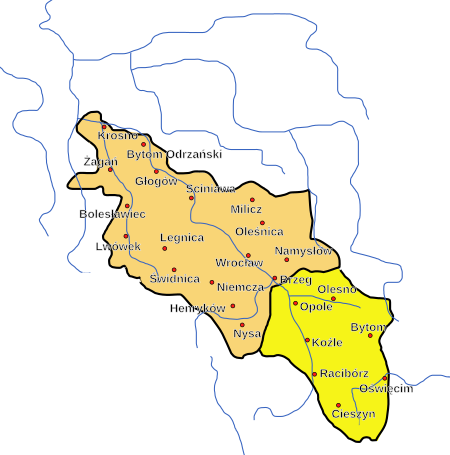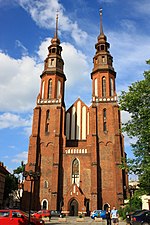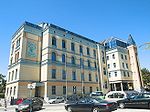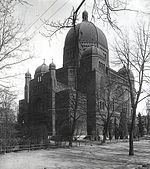Duchy of Opole and Racibórz

The Duchy of Opole and Racibórz (Polish: Księstwo opolsko-raciborskie, German: Herzogtum Oppeln und Ratibor) was one of the numerous Duchies of Silesia ruled by the Silesian branch of the royal Polish Piast dynasty. It was formed in 1202 from the union of the Upper Silesian duchies of Opole and the Racibórz, in a rare exception to the continuing feudal fragmentation of the original Duchy of Silesia. In 1281 it was split again. In 1521 it was recreated by the last Silesian Piast, Duke Jan II the Good. After his heirless death the duchy fell to the Kingdom of Bohemia. It was briefly part of the Polish–Lithuanian Commonwealth in the 17th century; eventually like most of the then mainly German-speaking province of Silesia it was annexed by Prussia after the First Silesian War in 1742.
Excerpt from the Wikipedia article Duchy of Opole and Racibórz (License: CC BY-SA 3.0, Authors, Images).Duchy of Opole and Racibórz
Luboszycka, Opole Stare Miasto
Geographical coordinates (GPS) Address Website Nearby Places Show on map
Geographical coordinates (GPS)
| Latitude | Longitude |
|---|---|
| N 50.673521 ° | E 17.92166 ° |
Address
Politechnika Opolska
Luboszycka 7
45-036 Opole, Stare Miasto
Opole Voivodeship, Poland
Open on Google Maps











